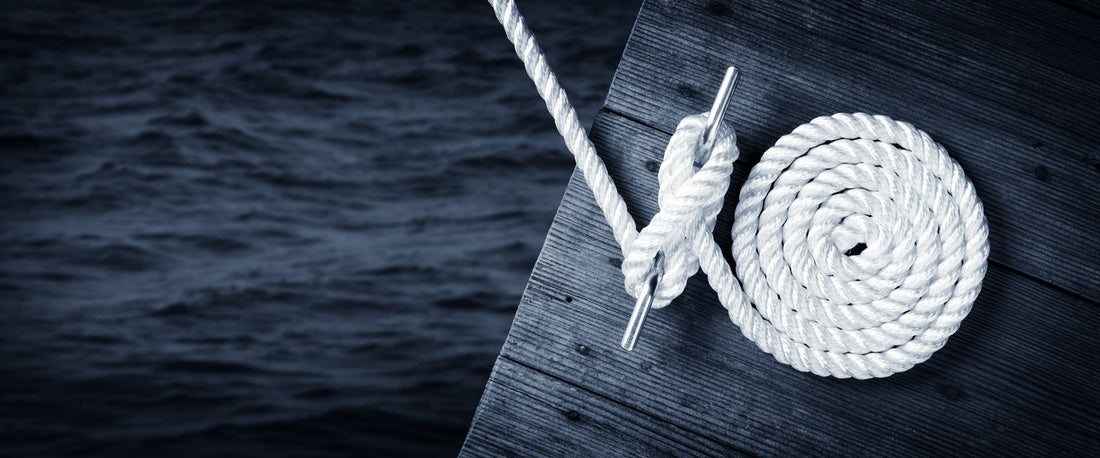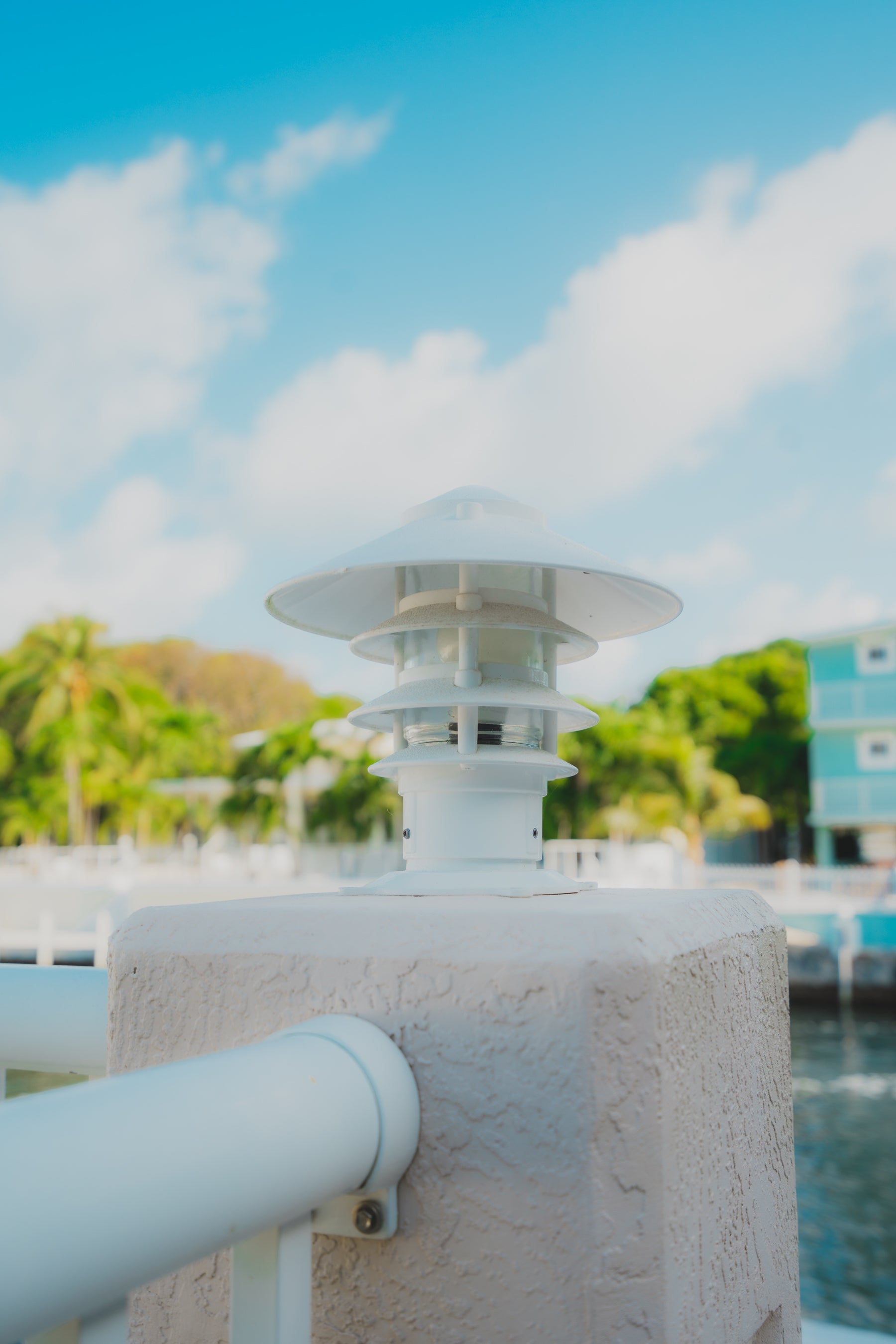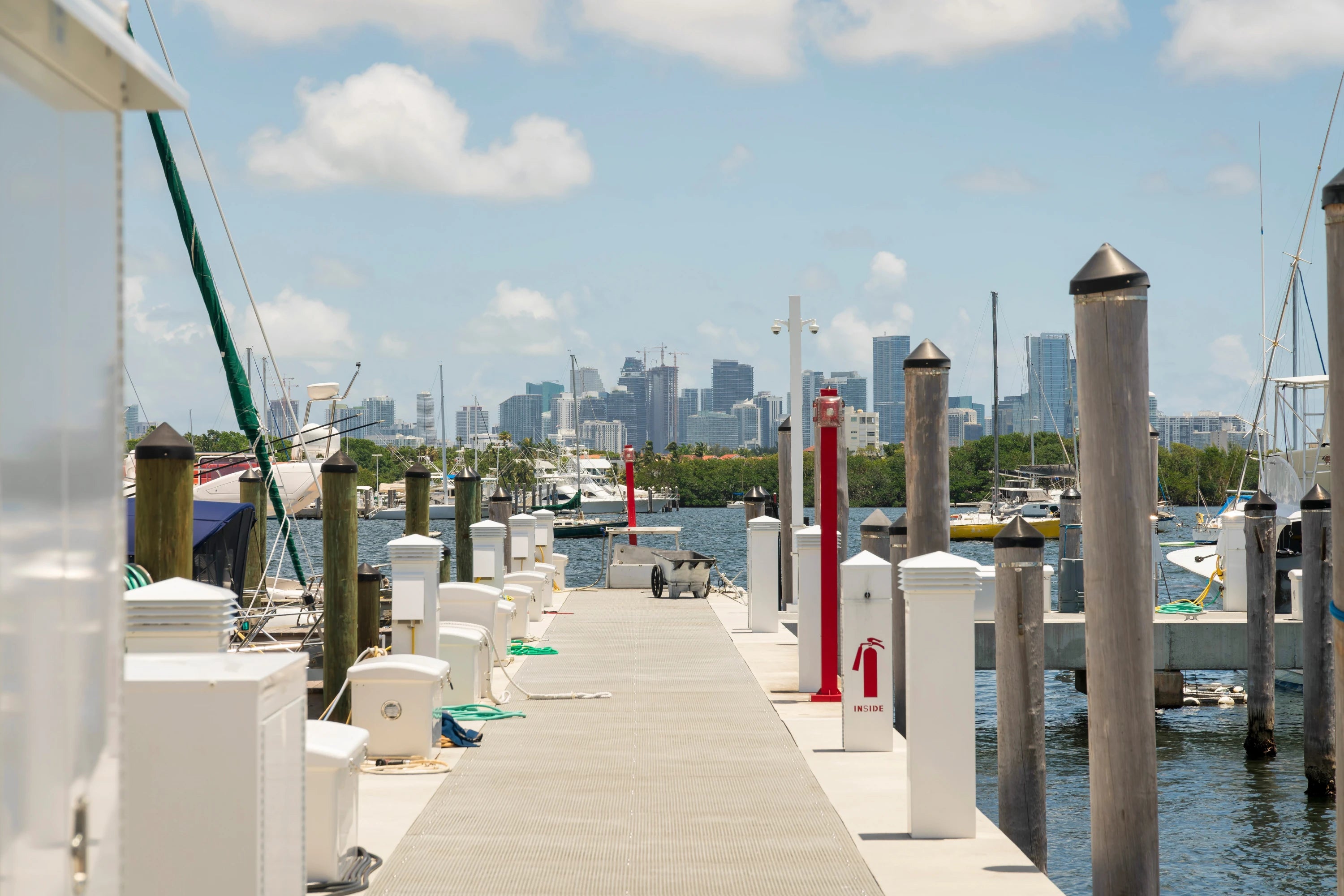
Boat Cleats 101: How to Choose the Right Type and Size
Share
Whether you're securing your boat at the dock or tying it down for transport, the importance of choosing the right boat cleats cannot be overstated. These essential fixtures come in various styles, types, sizes, and materials, each designed to meet different mooring needs. Selecting the correct, high-quality boat cleat is critical for ensuring your vessel remains safe and secure while enhancing your dock's overall functionality and aesthetic.
The experts at Haven Dock & Marine have put together an ultimate guide for how to choose from the different types of boat cleats depending on your vessel, as well as some tips on installation. Read on for all the information you need to pick the perfect cleat for your boating needs!
Why Boat Cleats Matter
Boat cleats are crucial for securing your vessel at the dock. They act as anchors and secure attachment points for tying ropes or lines and holding your boat in place against wind, tides, and currents. Poorly selected or incorrectly installed boat dock cleats can lead to significant damage to both your boat and the dock, making the right choice not only practical but essential for safety.
When choosing a cleat, consider the type of cleat, the size of your boat, and the specific docking environment.
Types of Boat Cleats
Here’s a rundown of the most popular types of boat cleats to help you decide what might work best to keep your boat secure at your marina or dock.
Horn Cleats
Horn cleats are the most common type found on docks and boats and would be considered standard dock cleats. They feature a T-shape with two extended horns that provide a secure place to wrap the dock line and tie mooring lines. For heavy-duty docking needs, our heavy-duty galvanized cleats offer the strength and reliability required for larger vessels and high-traffic docks.
- Best for: General mooring purposes for all types of boats.
- Material options: Available in stainless steel, galvanized iron, and aluminum.
Aluminum S Cleats
The "S" shape of these aluminum cleats simplifies looping lines around the horns, making it easy for anyone to secure their boat against wind, weather, and tide. They can be mounted vertically or horizontally with 1/2″ bolts, offering flexibility and strong hold without taking up excessive space.
- Best for: General mooring purposes for all types of boats.
- Material options: Available in aluminum.
Flip-Up Cleats
Flip-up cleats, also known as pull-up cleats or pop-up cleats, are designed to fold down when not in use. This low-profile design is perfect for boat owners looking to avoid tripping hazards or those who prefer a sleek, unobtrusive look on their dock or boat.
- Best for: Boats where aesthetics and deck space are important.
- Material options: Typically made from stainless steel or aluminum.
TideSlides®
TideSlides® are a mooring system and modern style of dock cleat designed to provide secure tie-up while allowing vertical movement to reduce damage risks. Constructed from stainless steel and marine-grade polyethylene, this system requires virtually no maintenance and withstands harsh marine conditions.
The TideSlides® at Haven Dock & Marine are the best mooring protection solution on the market, and they're a great alternative to a standard-style dock cleat!
- Best for: Virtually boats of any size outside of larger commercial boats.
- Material options: Stainless steel.
Solar Cleats
Who wants to fumble around in the dark after a long day on the water? Lake Lite Solar Dock Cleats are truly innovative. They do double duty: They're heavy-duty cleats powered by the sun and give you visibility at night.
Made from anodized marine-grade aluminum, they're great for both fresh and saltwater.
- Best for: Virtually boats of any size outside of larger commercial boats.
- Material options: Aluminum.
Cam Cleats
Cam cleats use spring-loaded clamps to grip the line and secure lines more securely without the need for tying knots. These are more commonly used on sailboats but can be helpful for other small vessels where quick adjustments to the line are necessary.
- Best for: Sailboats and smaller vessels requiring fast line adjustments.
- Material options: Plastic, aluminum, and stainless steel.
Clam Cleats
Clam cleats function by using two ridged jaws that grip the rope when tension is applied. These are ideal for boats that need a quick release of the line but aren’t necessarily used for long periods of permanent mooring.
- Best for: Smaller boats or temporary mooring situations.
- Material options: Plastic or nylon.
Herreshoff Cleats
Herreshoff cleats are known for their classic, elegant design and are often seen on traditional yachts or high-end boats. They are typically made of bronze or brass, adding a vintage look to the boat or dock.
- Best for: Traditional yachts or boats with a classic design.
- Material options: Bronze, brass, or stainless steel.
Skene Cleats
Skene cleats are typically mounted on the sides of boats to allow docking at angles. These cleats have a more streamlined appearance and provide excellent security when tying off dock lines.
- Best for: Boats that require angled mooring or tie-down points.
- Material options: Aluminum and stainless steel.
Flush-Mount Cleats
Flush-mount cleats, similar to flip-up cleats, sit flush with the deck when not in use, providing a sleek and trip-free surface. These are ideal for high-performance boats or yachts that prioritize a clean, modern look.
- Best for: High-performance boats or decks where aesthetics are crucial.
- Material options: Stainless steel.
How to Choose the Right Size Boat Cleat
Choosing the right size of boat cleat is just as important as selecting the right type. Too small a cleat can lead to weak mooring, while too large a cleat can take up unnecessary deck or dock space.
Here’s how to determine the best size for your boat cleat!
Match Your Boat and Cleat Sizes
The general rule of thumb is that the cleat length should be roughly 1 inch for every 1/16 of one inch of the diameter of the rope or line you're using.
For example:
- Boats under 20 feet: 4 to 6-inch cleats.
- Boats 20-30 feet: 8-inch cleats.
- Boats 30-40 feet: 10-inch cleats.
- Boats over 40 feet: 12-inch or larger cleats.
Make sure the cleat you choose can handle your boat's weight and size. Larger boats will pull up dock cleats, and boats exposed to stronger currents and winds will need more robust cleats.
Determine Rope Diameter
The diameter of your mooring line should also match the size of your boat dock cleat. A mismatched line and cleat size can lead to improper mooring, making your boat vulnerable to drifting or damage.
How to Install Boat Cleats
Once you’ve selected the right type and size of boat or dock cleat, proper installation is key to ensuring its functionality.
Placement
Ensure dock cleats are evenly spaced on the dock or boat. For boats, cleats should be installed near the bow, stern, and midship for proper balance. For docks, ensure they are easily accessible and spaced according to the size of the vessels that will be using them.
Mounting Hardware
Marine-grade stainless steel hardware is best to prevent corrosion. Ensure that washers, nuts, and bolts are tightly secured for long-lasting durability.
Use Backing Plates
For larger boats or docks with high traffic, it’s a good idea to use backing plates. These spread the load and provide extra support for the boat or dock cleats, especially in areas prone to strong currents or heavy boat traffic.
Haven Dock & Marine has complete mooring systems — just ask our team for any recommendations!
Materials and Durability
Boat cleats come in a variety of materials, each offering different levels of durability and corrosion resistance.
Stainless steel is known for its strength and corrosion resistance and is ideal for saltwater environments and heavy-duty use.
Lighter than stainless steel, aluminum cleats are durable and rust-resistant but may not hold up as well in high-salt environments.
Galvanized iron resists corrosion, sun, water, salt, and other environmental factors and is heavier than lighter-weight alternatives to give durability and stability to moored vessels.
Nylon and plastic are best for smaller boats or temporary moorings. These are less durable than metal cleats but are lightweight and affordable.
Bronze and brass materials offer a classic look, ideal for vintage or traditional boats. They’re durable but may require more maintenance to prevent tarnishing.
Why Choose Haven Dock & Marine for Your Boat Cleats?
At Haven Dock & Marine, we offer a wide selection of premium mooring cleats designed for both functionality and style. Whether you need durable galvanized dock cleats or sleek pop-up cleats, our boat and dock cleats collection is built to last, meets the highest marine standards, and ensures your boat remains securely moored no matter the conditions. Plus, with our expert installation tips, you can be confident that your dock setup will offer safety and durability for years to come.
Visit Haven Dock & Marine today to browse our marine equipment and products and find the perfect cleats, dock accessories, floating docks, or any other marina solution for your dock or boat today.


